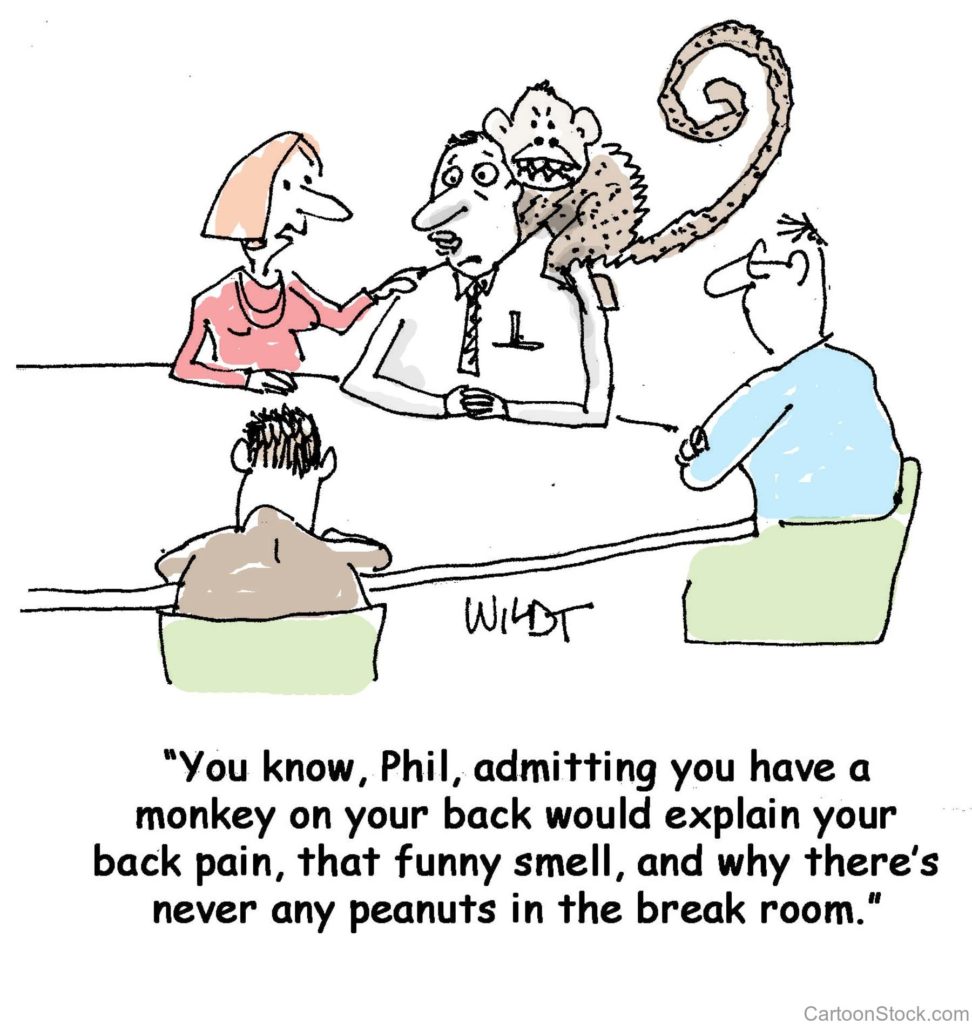 I recently listened to a podcast in which Sam Harris interviewed Christian Picciolini who, at age 14, became a member of a neo-Nazi white supremacy movement. After only one chance meeting with a recruiter he went from the childhood pastime of trading baseball cards to shaving his head and tattooing swastikas on his body. For the next eight years he sank deep into a culture of hate and criminal behavior.
I recently listened to a podcast in which Sam Harris interviewed Christian Picciolini who, at age 14, became a member of a neo-Nazi white supremacy movement. After only one chance meeting with a recruiter he went from the childhood pastime of trading baseball cards to shaving his head and tattooing swastikas on his body. For the next eight years he sank deep into a culture of hate and criminal behavior.
Picciolini, now 44 years old, has dedicated his life to helping brainwashed skinheads escape from that nefarious movement.
Based on personal experience and having worked with hundreds of troubled persons, Picciolini suggests that there are three things every human desperately needs: a wholesome sense of identity, a caring community, and purpose. Without these three assets, life is unfulfilling and we become vulnerable to unhealthy influences.
From birth, we are on a search for three things:
A wholesome sense of identity
Picciolini says, “I never met a white supremacist who didn’t hate himself; none had a positive self-image.” Every person needs to understand who they are—a combination of nature, and nurture, and environmental influences. We need to know and accept ourselves and sense that others accept us for who we are. We need a healthy and balanced sense of self, avoiding the extremes of self-loathing and self-adulation.
A community
Picciolini was not drawn to the neo-Nazi movement because of their ideology; in fact, he didn’t even know what they believed. He joined because “it was a group of people to hang out with.” We humans are a social species; we long to belong to a group of people. The urge is so strong that we will even tolerate an abusive community. Ideally, we will become part of a caring and healthy group.
Purpose
We need a sense of purpose in life, a reason to get up every morning. We need to be engaged in meaningful activity and to sense that our days, months, and years are making a difference in the world; we’re not aimlessly drifting through life. Our purpose need not be unique or extravagant—we can’t all be a U.S. senator, astronaut, or some other exotic calling—just something simple and noble will suffice. A friend of mine is a waitress at a local restaurant. She has worked the same, simple job for ten years and she maintains a cheerful demeanor and finds satisfaction in her work.
Picciolini also talks about the “potholes” in life that we inevitably encounter: extended unemployment, physical illness, trauma, mental illness, abuse. When we don’t have a solid sense of identity, community, and purpose, we can easily fall into a pothole and may never get out.
Here are three applications of these thoughts:
Individually—How would you rate yourself in these three areas? What can you do to improve or fortify these areas?
Care for others—We can be champions of these three values in the lives of others. Do you proactively help others develop these traits?
Our children—A parent’s main responsibility is to help each child establish and solidify these areas.
[reminder]What are your thoughts about this essay?[/reminder]

 In a now-famous article titled “Management Time: Who’s Got the Monkey?” (Harvard Business Review, November, 1974), authors Oncken and Wass created a clever and memorable illustration on how a person can unwittingly accept responsibility for activities that should be handled by others.
In a now-famous article titled “Management Time: Who’s Got the Monkey?” (Harvard Business Review, November, 1974), authors Oncken and Wass created a clever and memorable illustration on how a person can unwittingly accept responsibility for activities that should be handled by others. Recently, my adult daughter asked me, “Dad are you mad at me?” I was surprised at her question. “Of course not,” I replied, “what makes you think I’m upset?” She said, “I’m just having a hard time reading your silence and your facial expression.”
Recently, my adult daughter asked me, “Dad are you mad at me?” I was surprised at her question. “Of course not,” I replied, “what makes you think I’m upset?” She said, “I’m just having a hard time reading your silence and your facial expression.” In his book Presentation Zen, Garr Reynolds writes that one day, when teaching on the importance of eliminating unnecessary words when communicating, one of his students told a story that he had learned when growing up in India.
In his book Presentation Zen, Garr Reynolds writes that one day, when teaching on the importance of eliminating unnecessary words when communicating, one of his students told a story that he had learned when growing up in India.